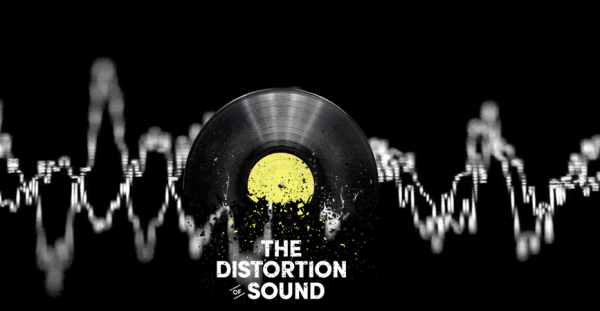The "documentary" here is a slick and enjoyable video for us who like music reproduced well. It is not, however, a call for a return to selling full fidelity music recordings. The video is funded by Harman, who is performing market development for its "Clari Fi" technology that enhances playback of compressed music files via some equipment from JBL, the Harman-Kardon phone from Sprint, and, soon, Mark Levinson car audio. The demo on the Harman website is worthwhile. The Clari Fi effect seems to add ambience and top end to compressed music. Check it out. This technology might be a good thing, but just be aware of the true purpose of the video.
The Distortion of Sound: A Documentary and Declaration

- Log in or register to post comments

Yeah, this video was really frustrating. It contains a pretty thin case against compression, a bunch of navel gazing by various recording artists, and then NO proposed solutions. No recommendations for file formats, for bitrates, for recording media, nothing.
I want my 20 minutes back.

The video is worse than a commercial for Clari-fi, it's a subtle and poorly constructed lie. The video confuses dynamic range compression and data compression and fails to tell the rest of the truth about the audibility of bit rate changes.
Streaming at 64k is nasty, but there's no similarity between that and an MP3 at 256k or 320k. The confusion of DNR with data compression is an even bigger problem and the fact that notable musicians and engineers sheepishly go along with the story strains credulity. The musicians and the producers DO HAVE CONTROL over their contribution to the loudness war and that's what saps the life out of modern recordings.
The real truth is more interesting and a much better story. It's sad that a company once a leader in bring science to the industry is now a huckster.

In an attempt to market to a solution Harman is creating a problem. This is pure marketing spin from those who have bypassed engineering in favor of providing an opportunity to self-promote as a leader in the audio field.
We all realize this is a commercial for their software, and I for one am fine with that because it says they are working to solve a problem. However the problem that the software is designed to solve is not the one demonstrated by this commercial.
Dynamic compression is different from data compression. The artist that complains about the reproduction of the art needs to look at the guy behind the console and tell him to turn off the limiters and leave all the dynamic range in the final product...loudness wars be damned. Think back to Metallica’s release that got panned as sounding awful due in part to the production.
If the waveform is crushed to begin with and then data compression is applied in the creation and delivery systems the result is quite nasty.
The fact that Harman and their staff are aggressively pushing this distortion after they proclaimed everyone should hear the truth is flat out shameful.
Let’s remember the generation they are going for, grew out of compressed music formats thus they only know what is, not what was. Improving what is, is an admirable cause, but stop creating parties for the CEO to build up his ego.
There was a time when we would all look to the Harman brands as true leaders in the audio business with high ethical standards to go along with performance that stood the test of time and a legacy of true innovation. Now all we see are rebranded platforms, dying brands in need of help, and high profile marketing executions aimed at creating a false ideal of what the company is about.































































